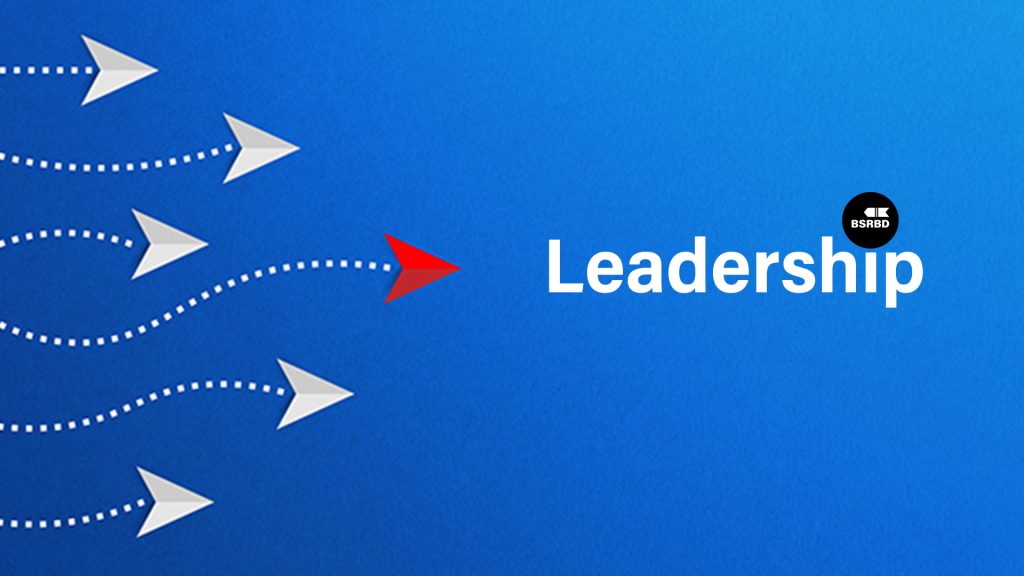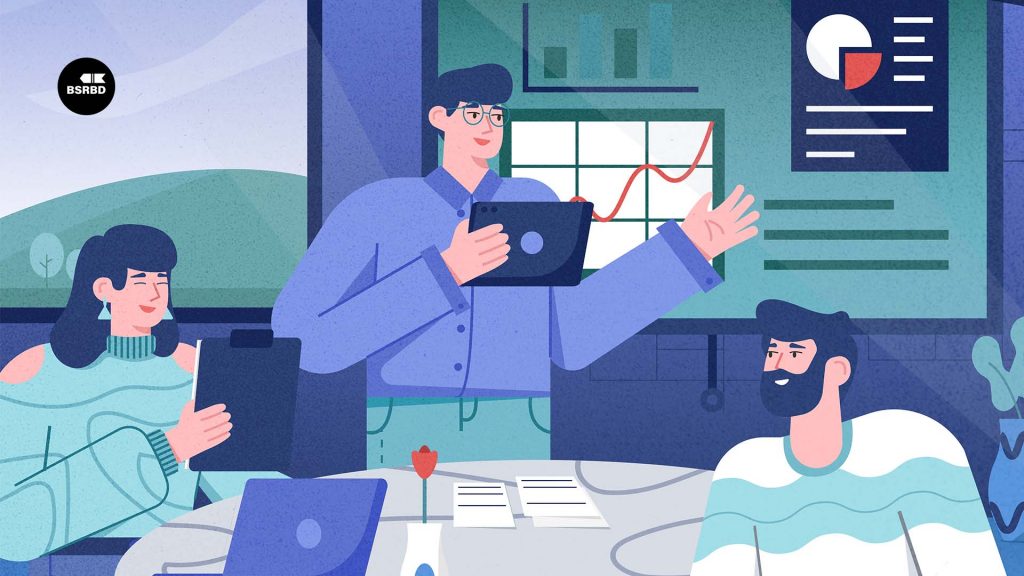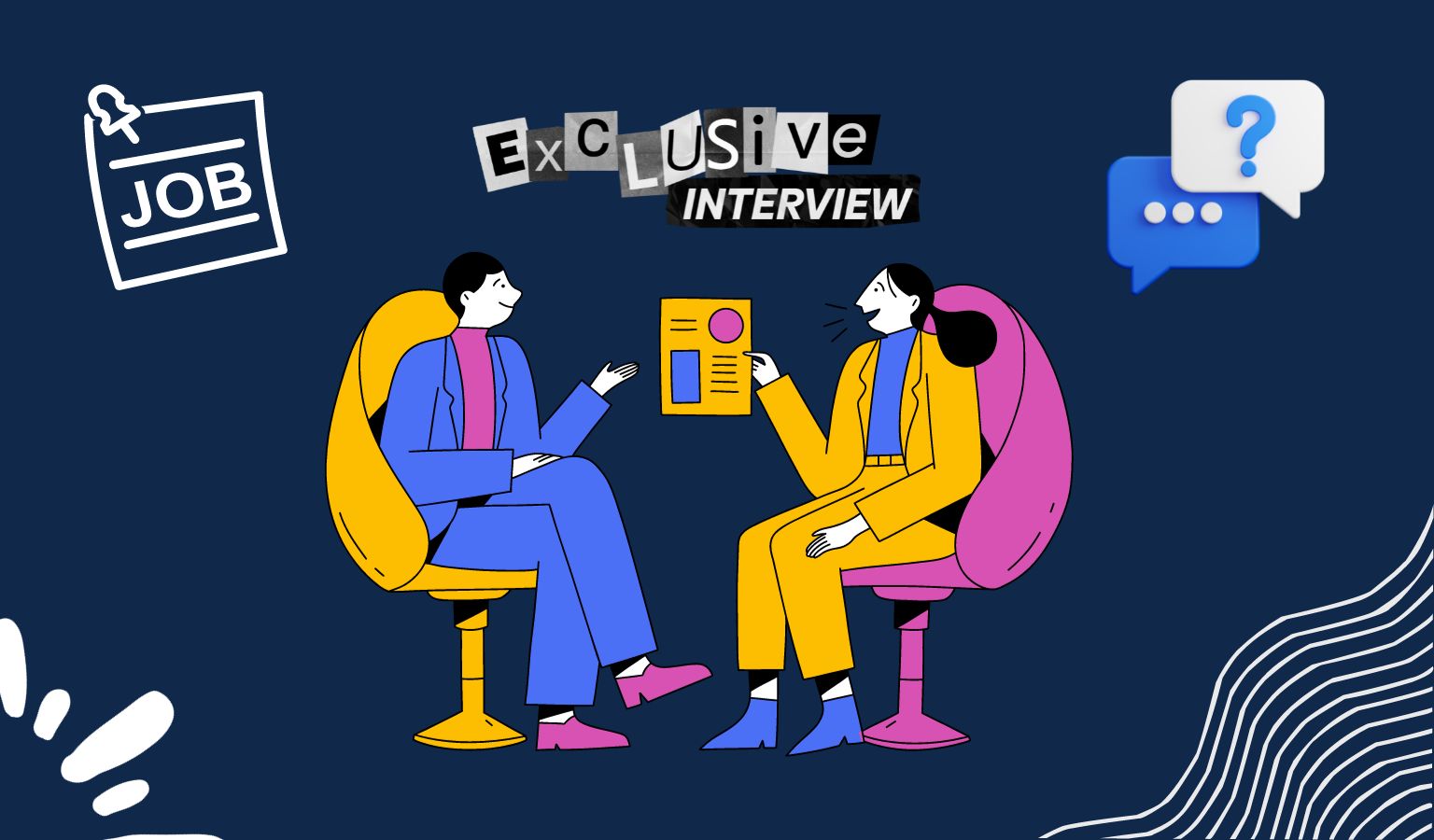Summary: Many companies business strategy often fail due to changes in the market or society. However, these failures are not only measurable, but also avoidable. One factor that is frequently overlooked is the impact of new techniques on people’s lifestyles and well-being. When people adopt new techniques, they also experience losses in terms of social security, economic security, and other aspects of their lives. These losses can affect their satisfaction and loyalty to a company. Small companies in our country tend to focus only on profit and ignore these losses. As a result, they face a crisis of survival in the long run.
Many companies often need to change their plans, which worries managers. They believe this happens not because they didn’t plan well, but because they lack a strong business strategy. The managers spend a lot of time thinking and talking about strategy. But many studies show that most of them do not make a good or strong strategy. When we ask them why, they say that it is because things change too fast and too much. For example, there are big events and trends that they did not expect.
But we have done some research and worked with many companies around the world. They are big and small companies. We found out that most of the time, the changes are not too surprising or too hard to deal with. But the companies fail to see them coming and prepare for them. They have to face the same problems again and again. Also, there is something important that the managers often forget when they make and do their companies business strategy. We can call it the “important role and spillover effect”.
How to Avoid Hidden Priorities and Pitfalls in Your Business Strategy
We did some research and found out something interesting. When companies try to do new things, they often fail. This is because they have hidden P’s and L’s: priorities and losses. When companies want to do new things, they have to choose what is important and what is not. But this also means that they have to give up some things. For example, some parts of the company, some people, some ways of doing things, and some traditions will be left behind. This can make people sad or angry. But many companies do not think about this. They only think about the good things that will happen. They act like no one will lose anything or feel bad. This is a mistake. It makes the change seem too easy and too good. This can be risky or even dangerous. It can make people resist the change or sabotage it.
The best way to plan for change is to think about the future of the company. The plan should show what is important and what is not for the future. But the plan should also help the leaders and the people to deal with the losses. They should know why they have to change, what they have to do, and how much time, attention, energy, and money they need. They should also know what they will lose and how to cope with it.
Some experts call this an adaptive challenge. It means that the company has to adjust to a new reality and accept the loss of what was before. This is different from a technical challenge, where everything is known and people do not have to change much. This means that the leaders need to use tools and methods that help them and their teams to face the losses and do the adaptive work.
Dealing with direct and indirect damages
When companies want to do new things, they have to change how they work. We all like change when we think it will be good for us. But we do not like to lose things. Sometimes, the reason why people do not want to change is because they are afraid of losing something. So, we have to think about how the new things we want to do will affect different groups of people in the company when we plan for change. We have to know what they will lose and how to help them.
Some losses are clear. For example, some people may lose power, money, respect, chances to grow, or freedom to choose. These things matter a lot to people. Other losses are hidden. For example, doing new things can make some people feel afraid or anxious. They might question their talents or abilities. Feeling uncertain or confused is something they do not want. Learning new skills or trying new things can be hard and stressful for them. We remember one manager of a big bank who said: “I am 50 years old and I don’t know if I can learn the new things that are coming.” No one likes that feeling. But learning and trying are part of changing.
Loyalty is another loss that is hard to see. We all belong to some groups of people who share our values, interests, or history. For example, our friends or co-workers. They expect us to support them and agree with them. If we do something different from them, they may feel betrayed or angry. They may not trust us anymore. We may lose our identity or sense of belonging. This can make us feel lonely or guilty. It can also make us avoid talking honestly about the change we need to do. This can slow down our progress on the new things we want to do.
These losses are not the same for everyone. They affect different groups of people in different ways and amounts. This explains why some people are more willing or resistant to change than others. The good news is that we can predict these losses just like we can predict the new things we want to do. We can also plan how to deal with them.
Building an Adaptive Strategic Planning Process: How to Prepare for and Manage the Losses that Come with Change
If you want to make your plan for change better, you need to think about how the new things you want to do will affect different groups of people in the company. You need to know what they will lose and how to help them. This can help you and your team learn and change better. Here are three things you can do to make this easier:
Making the place better
A good place is a place where the bosses can talk honestly about what they do not know, what they need to learn, and what they really care about. Without a good place, it is hard to learn and change well. It is also hard to agree on what is important and what to do.
You may not make the place perfect, but you can try to make it good enough. First, show that you really want to solve the real problems and that you care about the people. Next, set some limits for time and space. Know that you have to solve some problems in a certain time and place. This can help you focus and remember better.
Another thing you can do is to make some connections with your co-workers and employees. For example, some people who have worked together for a long time may not know much about each other’s lives, hopes and fears. This can make them feel distant and not care about each other. This can make it hard to learn and change together. Our favorite way is to ask the bosses to share some personal stories with each other. This can make the place more friendly and warm. We do this before we talk about the company’s needs. We ask the bosses to tell each other something about their past and present.
Establish a formal moment to discuss the loss.
Remember that companies, like individuals, must learn to address various problems, but this requires acknowledging and naming them. Often, there are hidden resistance to change that goes unnoticed until later. Therefore, it is essential for managers to formalize the process of naming these challenges as a goal. During discussions, they must shift their focus from mere planning to considering the real people who will implement, manage, and live with the changes. By treating the plan as adaptive work, it becomes more human-centered. This approach encourages teams to consider the needs and fears of those involved in the change. While it may be a difficult moment, it can also be comforting and liberating if good questions are asked, and active listening is practiced.
A second effective step involves creating a map that outlines the groups affected and their potential losses for each significant aspect. During the implementation phase, construct a visual representation or chart with the important aspect at the center and identify the key groups or components impacted by it. For each group, document their perspective, values, and desires related to the aspect. Assess their willingness to embrace the change and identify potential losses in areas such as power, money, respect, growth opportunities, decision-making autonomy, feelings of fear, uncertainty, confusion, group affiliation, and trust in individuals. While you may not possess complete knowledge of all these factors, let’s say a crucial aspect is “accelerating digital transformation.” Write it at the center of the map and list the five or six main groups affected by this change.
In the map, document their desires, reasons, willingness, and losses. It’s important for top leaders, including yourself, to participate in this mapping exercise, considering what you may lose and what you can learn from the process. Reflect on what you stand to lose as a leader and what valuable insights you can gain. By including yourself in the map, you demonstrate your commitment to understanding the impact of the change on various groups and reinforce the importance of empathy and perspective-taking. This exercise helps foster a deeper understanding of the needs, fears, and aspirations of those involved, facilitating a more holistic approach to managing change.
Finally, stay close to people during the process and help them emotionally. It does not mean solving their problems for them, although you may want to. As a boss, you can solve some problems that need technical skills, but the adaptive work can be harder. The important things need deep learning and change for the whole system and for each person. Some fears have to be faced and some values have to be changed. Some behaviors and attitudes have to be changed too. The main truth is: People have to be part of the solution to the problem. You can help them through this process by treating the plan as a way to lead them. Having an adaptive view may not be easy but it can be more caring and effective.









